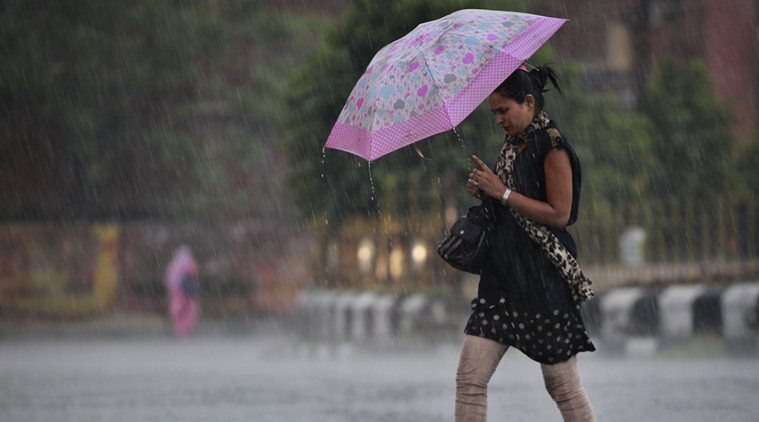- The Southwest Monsoon has arrived over Kerala, exactly on the day it was predicted to hit the coastal state
- Conditions have favourable for the onset of the monsoon over Kerala due to the formation of Cyclone ‘Nisarga’ over Arabian Sea
NEW DELHI : Marking the commencement of the four-month long rainy season in India, the southwest monsoon hit Kerala today, coinciding with its normal date. “The southwest monsoon has made an onset over Kerala,” India Meteorological Department (IMD) director general Mrutyunjay Mohapatra said. This is in line with the predictions.
Private weather forecasting agency Skymet Weather had on May 30 declared the arrival of monsoon, but the IMD had differed, saying conditions were not ripe then for such an announcement.
“Widespread rainfall occurred over Kerala, during past 2 days. More than 70% of the 14 rainfall monitoring stations for Monsoon onset over Kerala have reported rainfall during last 48 hours,” IMD said explaining the meteorological conditions leading to onset of southwest monsoon over Kerala.
Westerly winds have strengthened in the lower levels (wind speed upto 20 knots) and deepened upto 4.5 km over the south Arabian Sea.
IMD will issue the second stage Long Range Forecast (LRF) for South-West Monsoon Season (June – September) rainfall later on today.
Conditions have favourable for the onset of the monsoon over Kerala due to the formation of Cyclone ‘Nisarga’ over Arabian Sea. The Met department has issued heavy rainfall warning for nine districts of Kerala — Thiruvananthapuram, Kollam, Pathanamthitta, Alappuzha, Kottayam, Ernakulam, Idukki, Malappuram, and Kannur districts.
On April 15, Madhavan Rajeevan, Secretary of Ministry of Earth Sciences forecast that monsoon rains this year are likely to be normal at 100 per cent of the long period average with a model error of 5 per cent.
The four-month monsoon season from June to September accounts for 75% of rainfall in the country. Nearly half of India’s farmland, without any irrigation cover, depends on annual June-September rains to grow crops such as rice, corn, cane, cotton and soybeans.
The IMD said last month India is likely to get average monsoon rains this year, raising expectations of higher farm output. The Indian economy, Asia’s third-biggest, is reeling from lockdown measures to curb the coronavirus pandemic.
